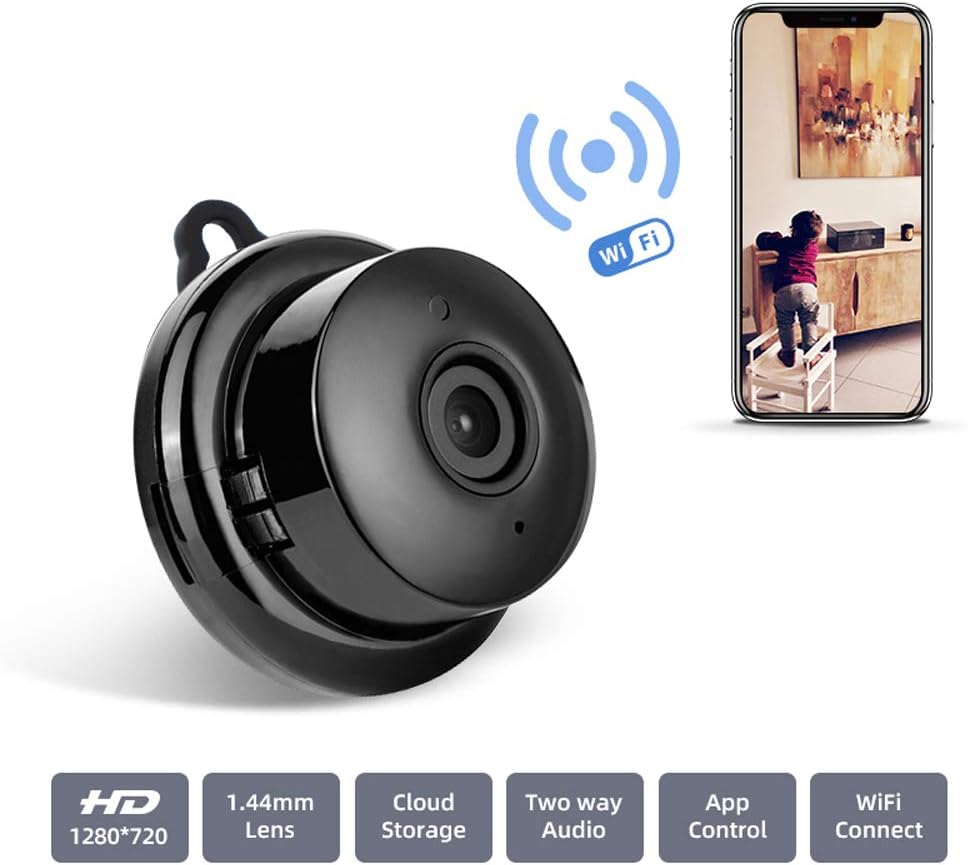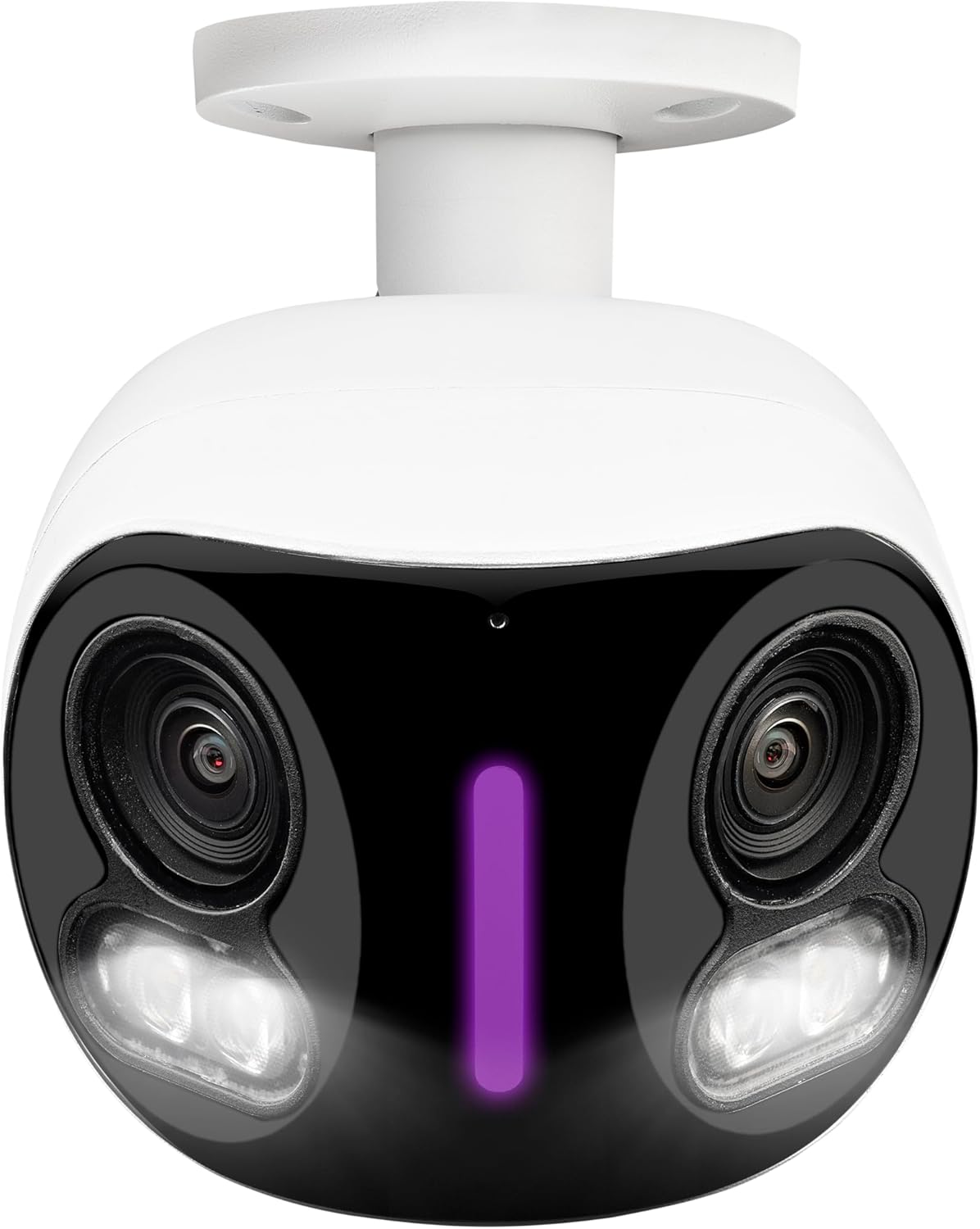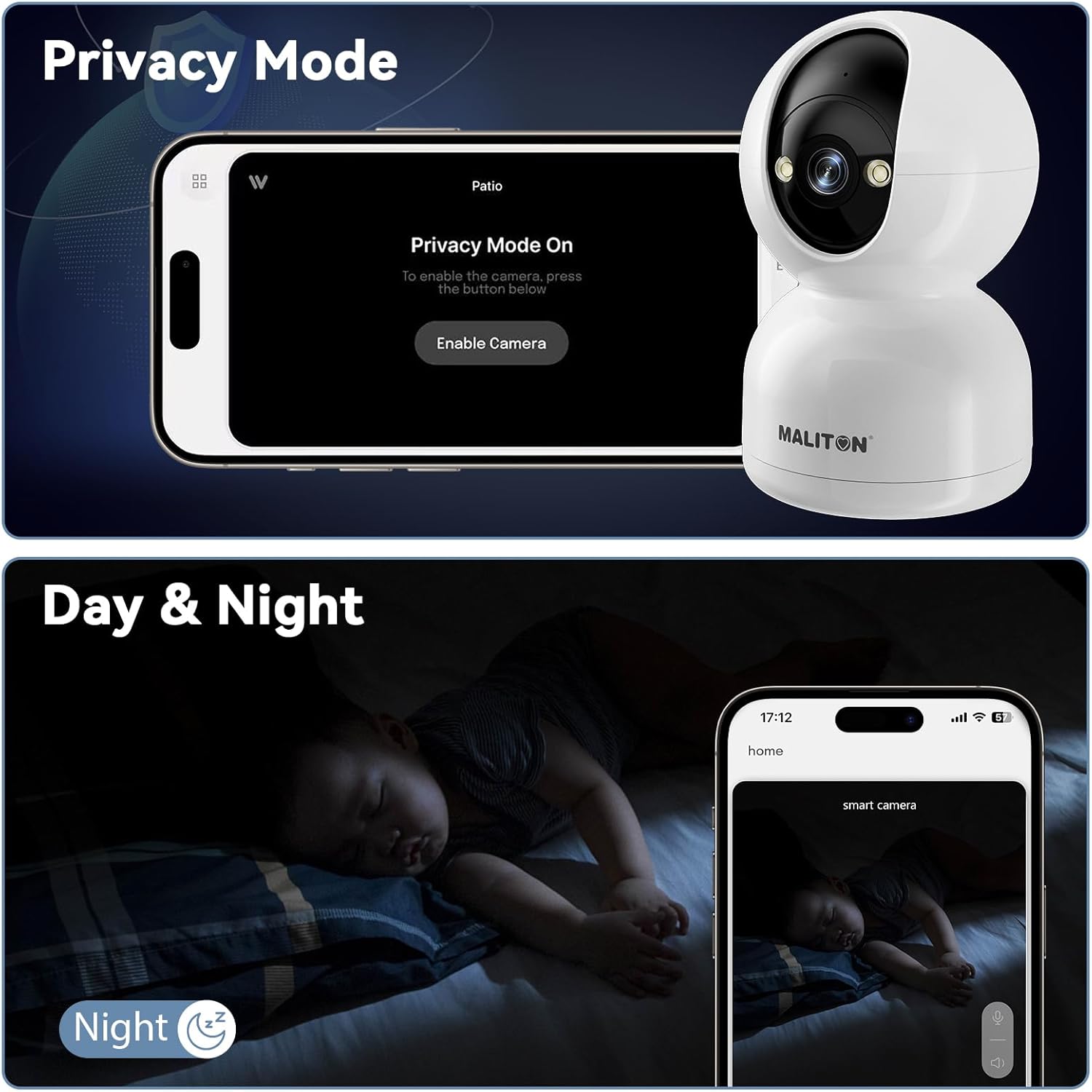5 Tips for Selecting Cameras for Baby Monitoring in 2025

1. Safe Placement: Prioritize Baby’s Safety and Visibility
Optimal Nursery Positioning
Mount the camera on a wall or crib stand at least 3 feet away from the crib to prevent the baby from reaching it. Avoid placing it directly above the crib where it might fall, and ensure the lens has a clear view of the baby’s face and chest for breathing monitoring.
Avoid Hazards
Keep the camera’s power cord out of reach, using cable organizers to secure it along the wall. Ensure the mount is stable and certified for baby products to prevent accidents.
Adjustable Angles for Versatility
Choose a camera with a pan-tilt-zoom (PTZ) function to adjust the view as your baby grows. For example, zoom in on the crib when they’re newborns, then pan to cover the entire room as they start crawling.
RELATED: Top Smart Doorbell Cameras Reviewed

2. Safety-Focused Technical Features
Breath Monitoring and Temperature Sensors
Some cameras include motion detection for subtle breathing movements or built-in temperature/humidity sensors that alert you if the nursery is too hot, cold, or dry. These features offer extra reassurance for anxious parents.
Soft Night Vision
Infrared night vision is essential, but opt for cameras with gentle, non-visible IR lights that won’t disturb the baby’s sleep. Test the night vision to ensure it doesn’t emit a faint glow that could disrupt their circadian rhythm.
HD Resolution for Clear Viewing
1080p HD resolution lets you see fine details like the baby stirring or reaching for a pacifier. Some models even offer zoom capabilities to check on the baby without entering the room and risking waking them.
REALTD: Voice Assistant Showdown: Who is Your Best Smart Home Companion?
3. Parent-Friendly Interaction Features
Two-Way Audio for Soothing Comfort
Cameras with built-in speakers allow you to whisper calming words or play lullabies remotely. When the baby fusses, your voice through the camera can help them settle without you needing to enter the nursery.
Soothing Sounds and White Noise
Many baby monitors include pre-programmed sounds (e.g., rain, heartbeat, or white noise) to help the baby fall asleep. Some models even let you upload your own recordings, like a favorite lullaby or your voice reading a story.
4. Privacy and Security Measures
Secure Connection and Encryption
Choose cameras with end-to-end encryption and password protection to prevent unauthorized access. Avoid models with default passwords, and regularly update the camera’s firmware to patch security vulnerabilities.
Local Storage Options
For parents concerned about cloud privacy, opt for cameras that support local storage via SD card. This keeps recordings on a physical device in your home, reducing the risk of data breaches.
RELATD 1: Top-Rated Home Security Systems of 2025: Trusted Picks by Our Experts
5. Power and Mobility Solutions
Battery Backup for Outages
Look for cameras with built-in battery backup (lasting 4–6 hours) to ensure monitoring during power outages. This is crucial for overnight peace of mind, even during storms or electrical issues.
Portable and Travel-Friendly Models
For families on the go, choose compact cameras that can be easily mounted in hotel rooms or at grandparents’ houses. Some models even come with travel cases and rechargeable batteries for temporary setups.

Final Takeaway
- The perfect baby monitoring camera integrates safety features, clear visibility, and soothing interaction capabilities to alleviate parental anxiety.
- Adapting these tips to your nursery layout and parenting needs allows you to gain peace of mind—whether you're checking on a sleeping baby or soothing them from another room—while prioritizing their safety and privacy.
- Ultimately, the right camera strengthens the bond between you and your little one by providing gentle, reassuring glimpses into their world, even when you're apart.
RELATD 2: Build Your Own Smart Home Security System : A Complete Beginner's Guide

